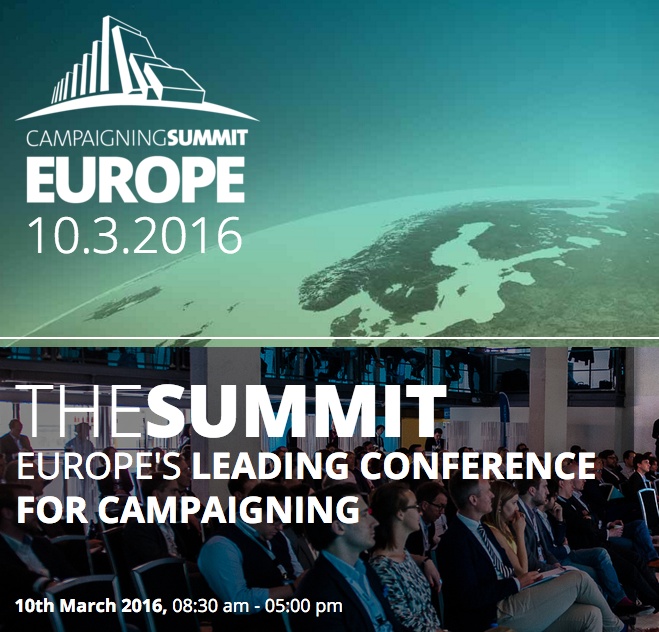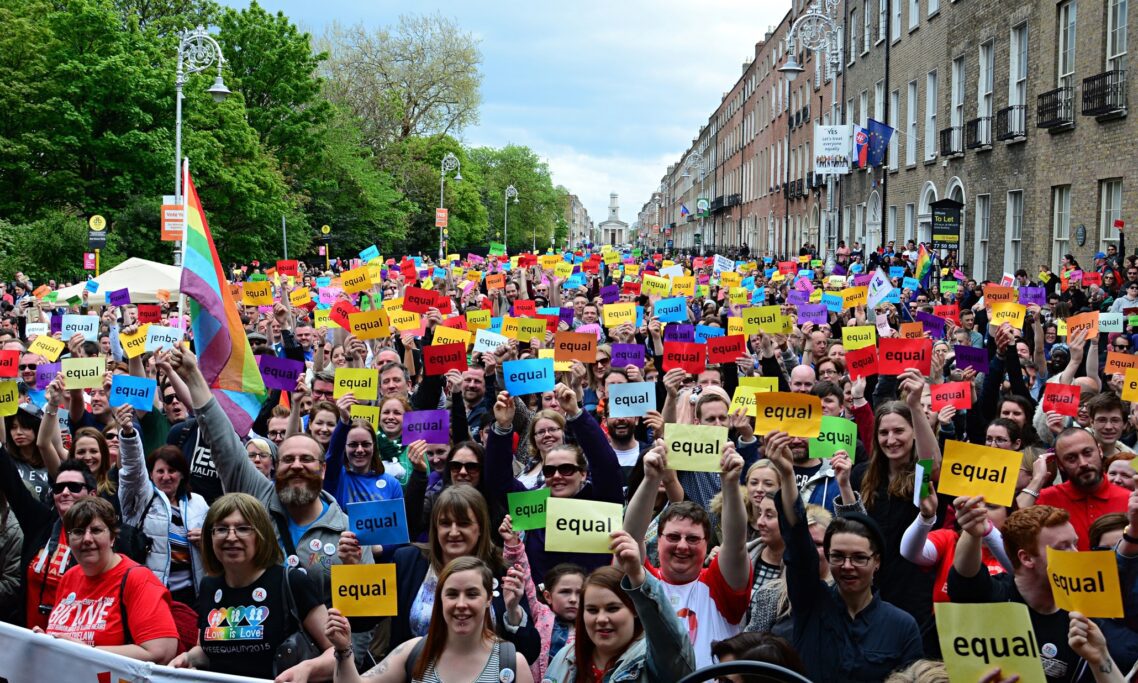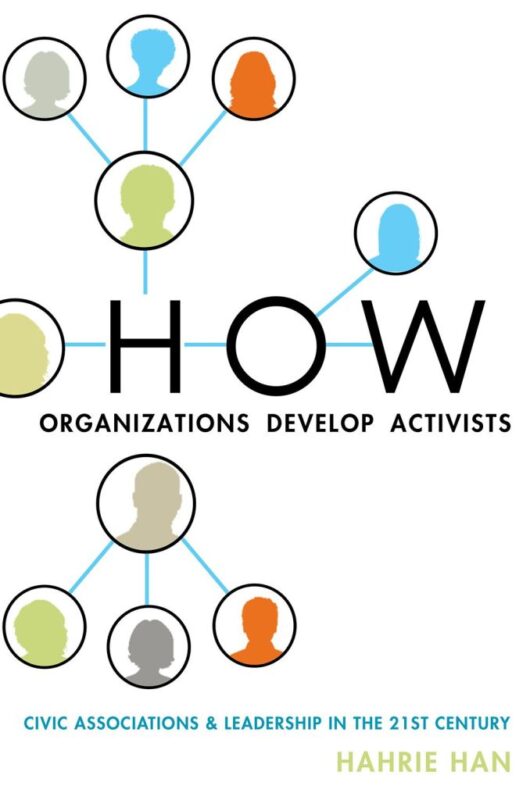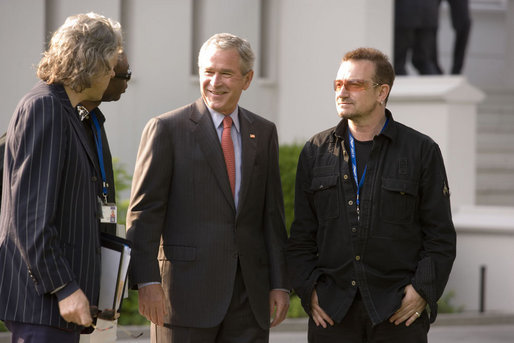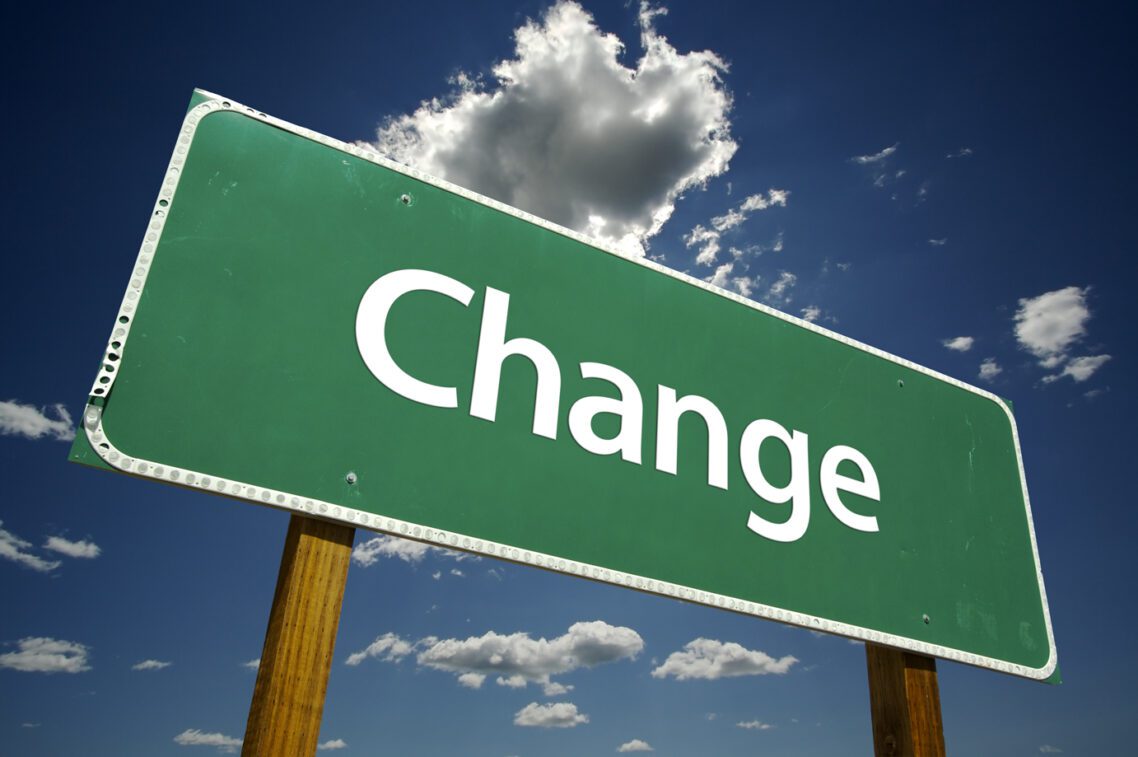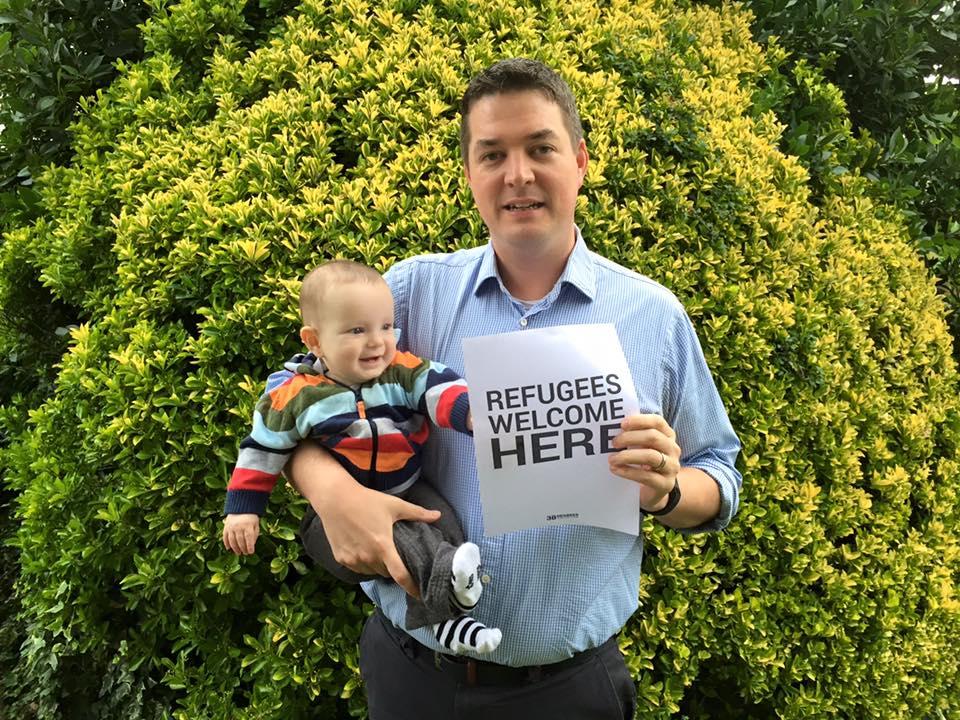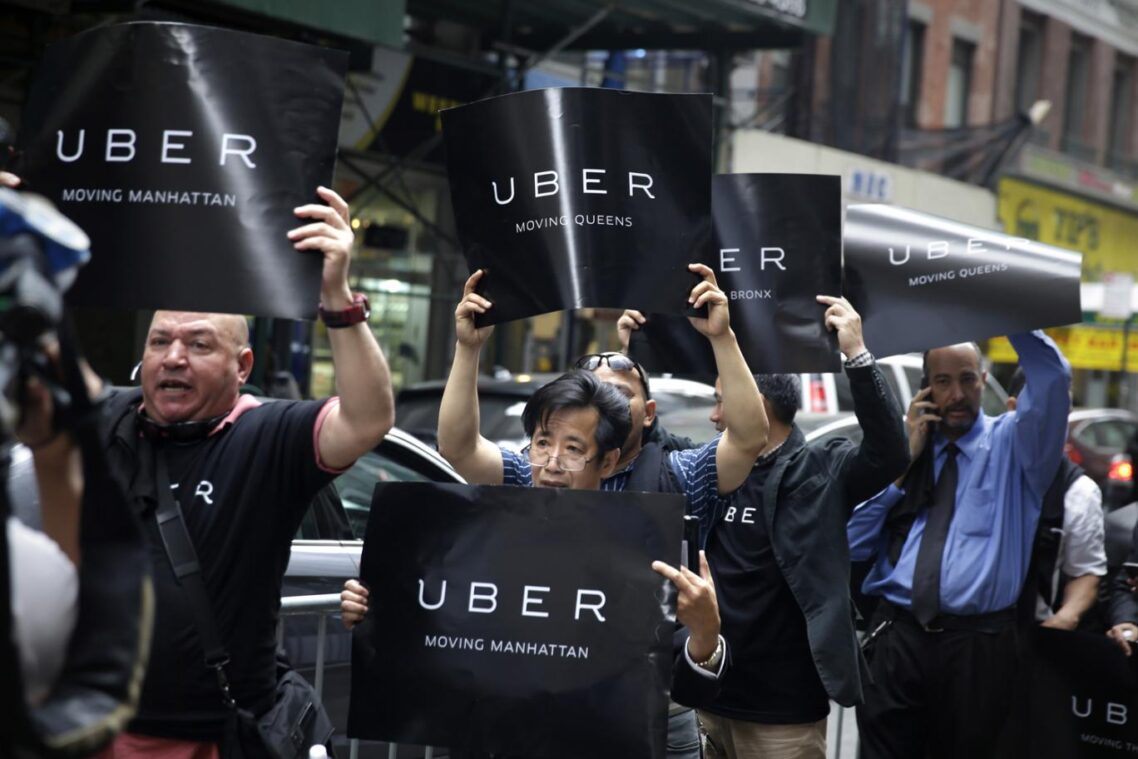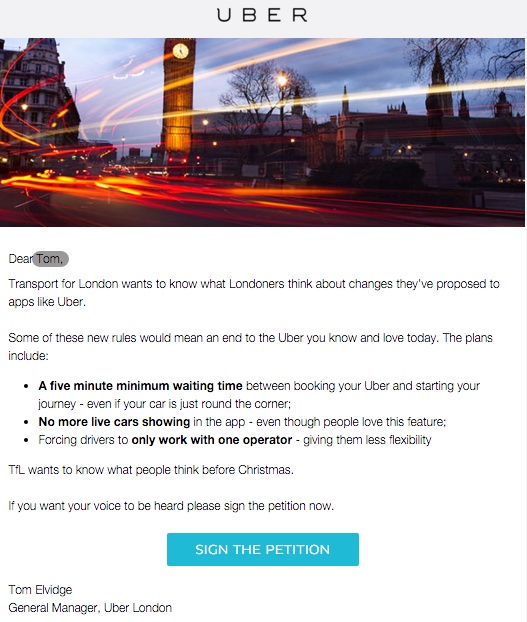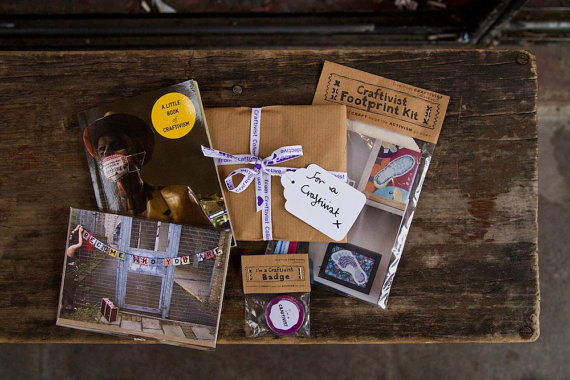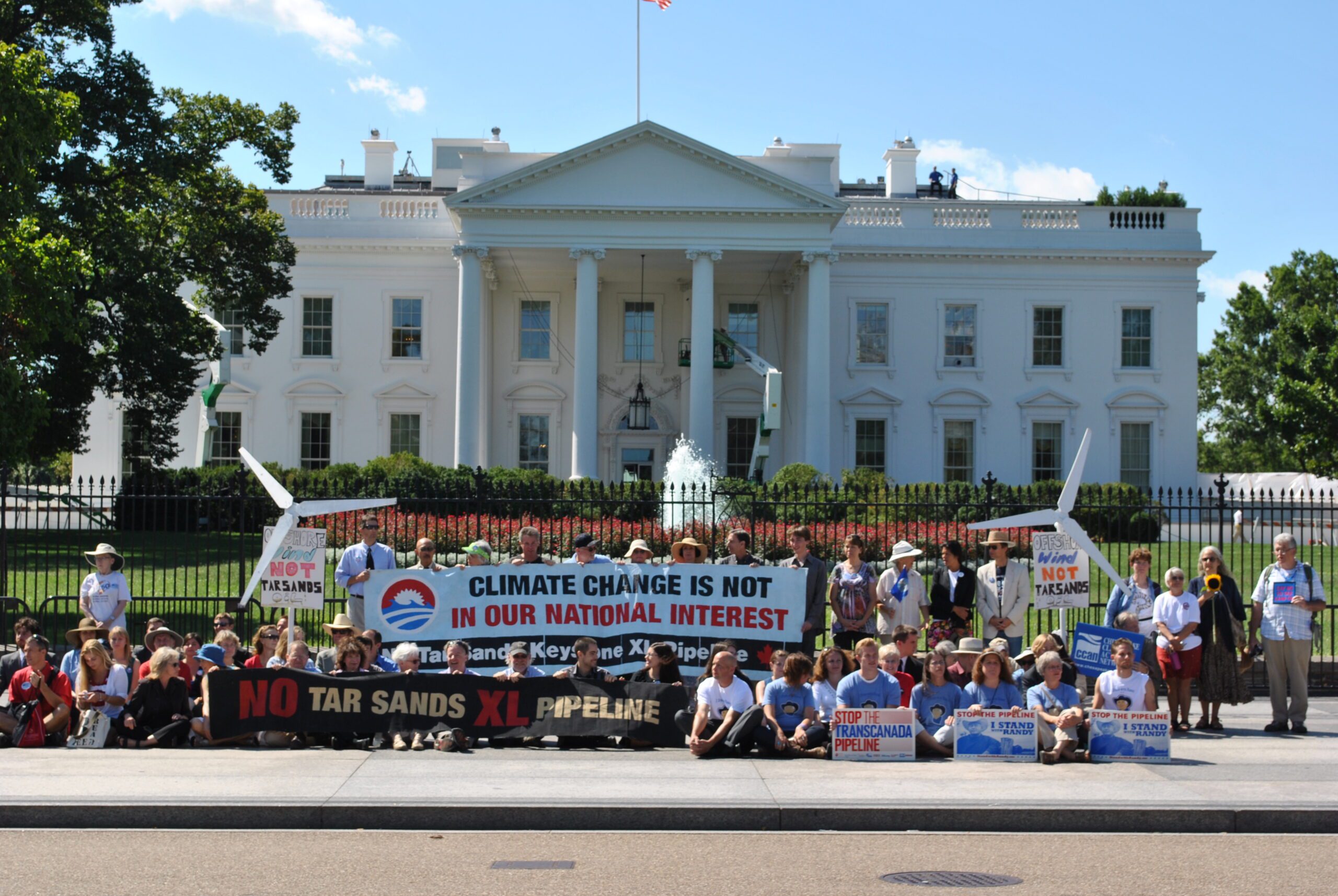Today I’m excited to be speaking at the Campaigning Summit in Vienna – it’s a gathering of over 300 campaigning professionals from across Europe (check out the amazing talks from previous Summits on video).
I’m going to be speaking on ‘Lessons I’ve learnt about how to mobilise for impact’
I’m going to be drawing on some of the lessons I’ve learnt from working on global poverty issues for the last 10 years or so. I’ve only got 20 minutes to fit a lot in, so I’m posting the key points and useful links to further resources.
Hopefully they’re useful to both those at the Summit and those reading the blog.
1 – Ask do I need to mobilise? It’s a question that we don’t ask enough. I explore some more key questions we should be asking here.
2. Build a politically diverse coalition – this is a good resource which looks at some of the different models that have worked. I’ve also written on how to make campaigning in coalition work here.
3. Nurture your activists – find out more about the work of Hahrie Han here and here. My friend Natasha Adams has written more here, and I contributed to a series of articles based on the book here. The table I shared in my presentation is below, taken from this blog by Jim Coe (who is also the host of an awesome advocacy podcast).
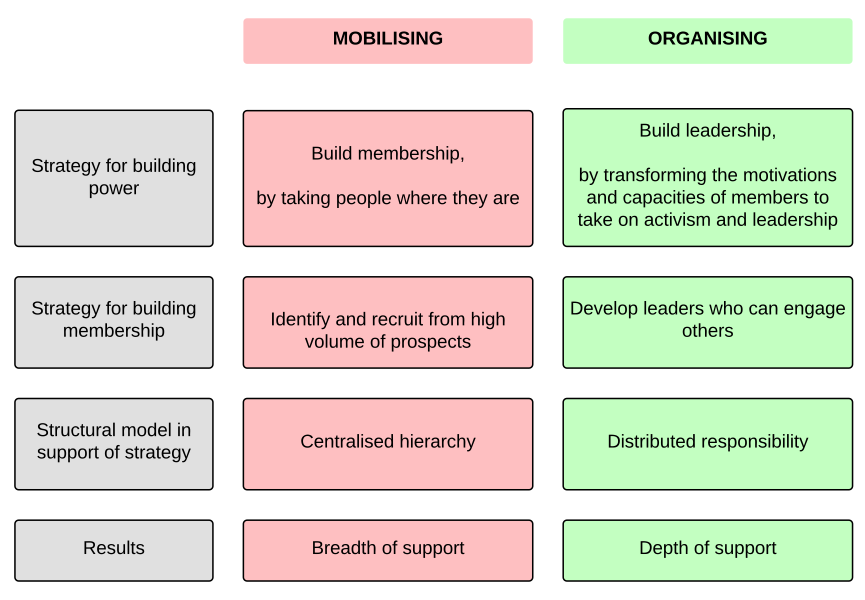
4. Focus on moments but beware of the cliff! – some tips for avoiding the cliff!
5. Learn from others – This is the brilliant Purpose Drive Campaign overview I mentioned (and more here). On learning from Bernie Sanders I enjoyed this and this.
6. Say Thank You and Celebrate – my learning from the Turn Up Save Lives campaign and some reflections on Make Poverty History.
And finally;
- Do follow me on Twitter
- Subscribe to get my latest post by email here.
- If I can speak at a event or conference you’re running, get in touch.
